
views
Rigidness, which leads to relentless pursuits of any kind, is the real enemy of the heart patient. Lifestyle changes, ergo, must be primarily about learning to relax and doing things that bring them joy.
CREATING THAT BASE OF RELAXATION
The Yogic integrated approach is best-suited to create relaxation at every level, and includes:
Diet: Don’t just choose food items correctly, but also remember that large meals are hard on the heart. Figure out what works for you and make your own small, nourishing and easily digestible meal plans. Supplement food with small amounts of healthy beverages through the day for better circulation.
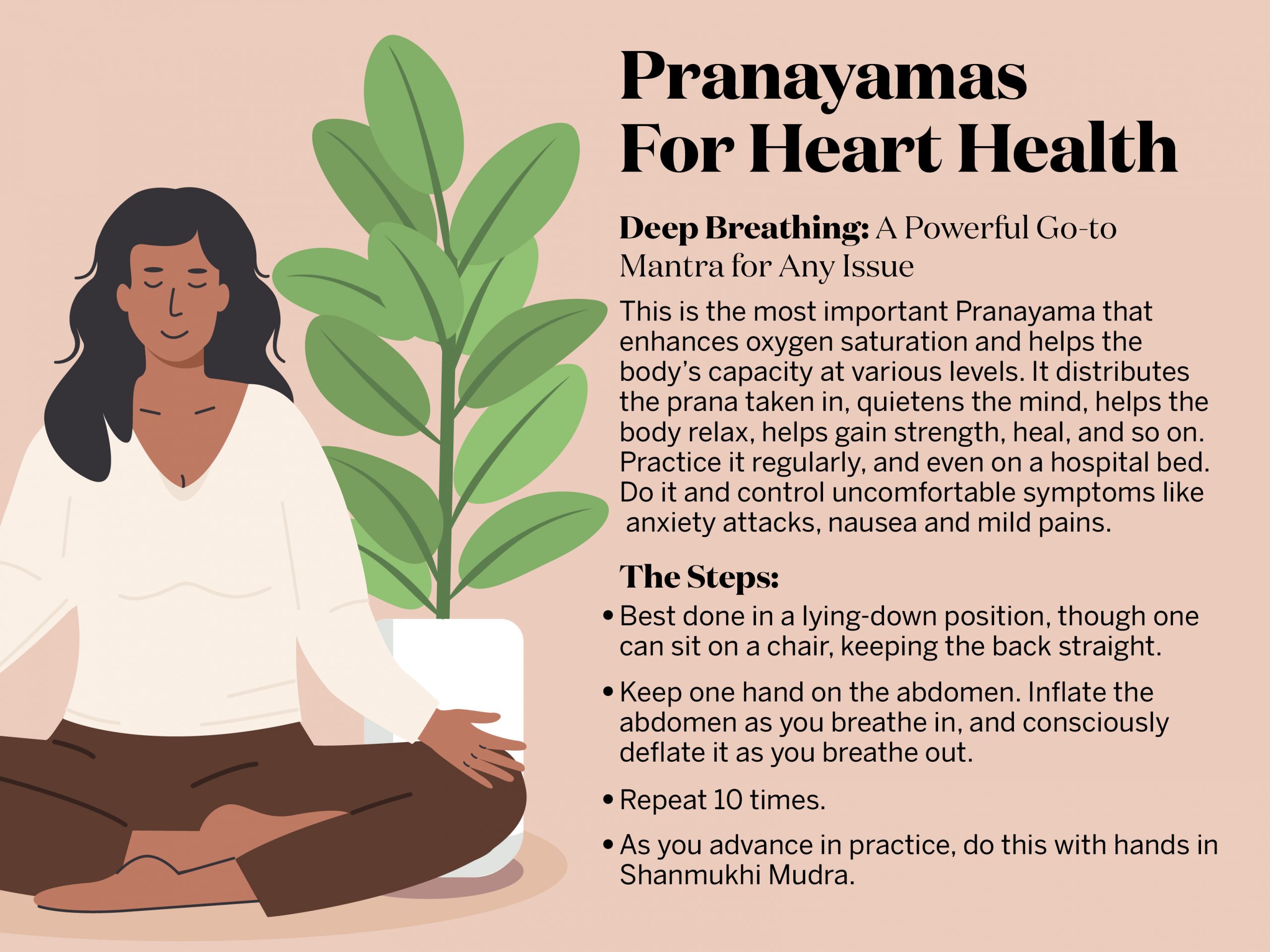
Exercises and Breathing Practices: These must serve the purpose of increasing and distributing oxygen intake. Add early-morning walks to the Yoga asanas and Sookshma Vyayam regimen we described in the last two articles.
Remember the keyword is `relaxing’ — the exercise, as well as its effect on the body and mind.
Pranayama: These help the autonomic nervous system, which is responsible for the heart rate, respiration and blood pressure. Three Pranayamas are described below, to be done keeping a two-hour gap after food.
Conscious Relaxation: Techniques like Savasana and DRT (described earlier) work well, especially when performed after physical exercise. Over a period of time, Relaxation becomes our normal state; we can watch ourselves, see when tension is mounting and are able to release it. Conscious relaxation done regularly can even compensate for sleep.
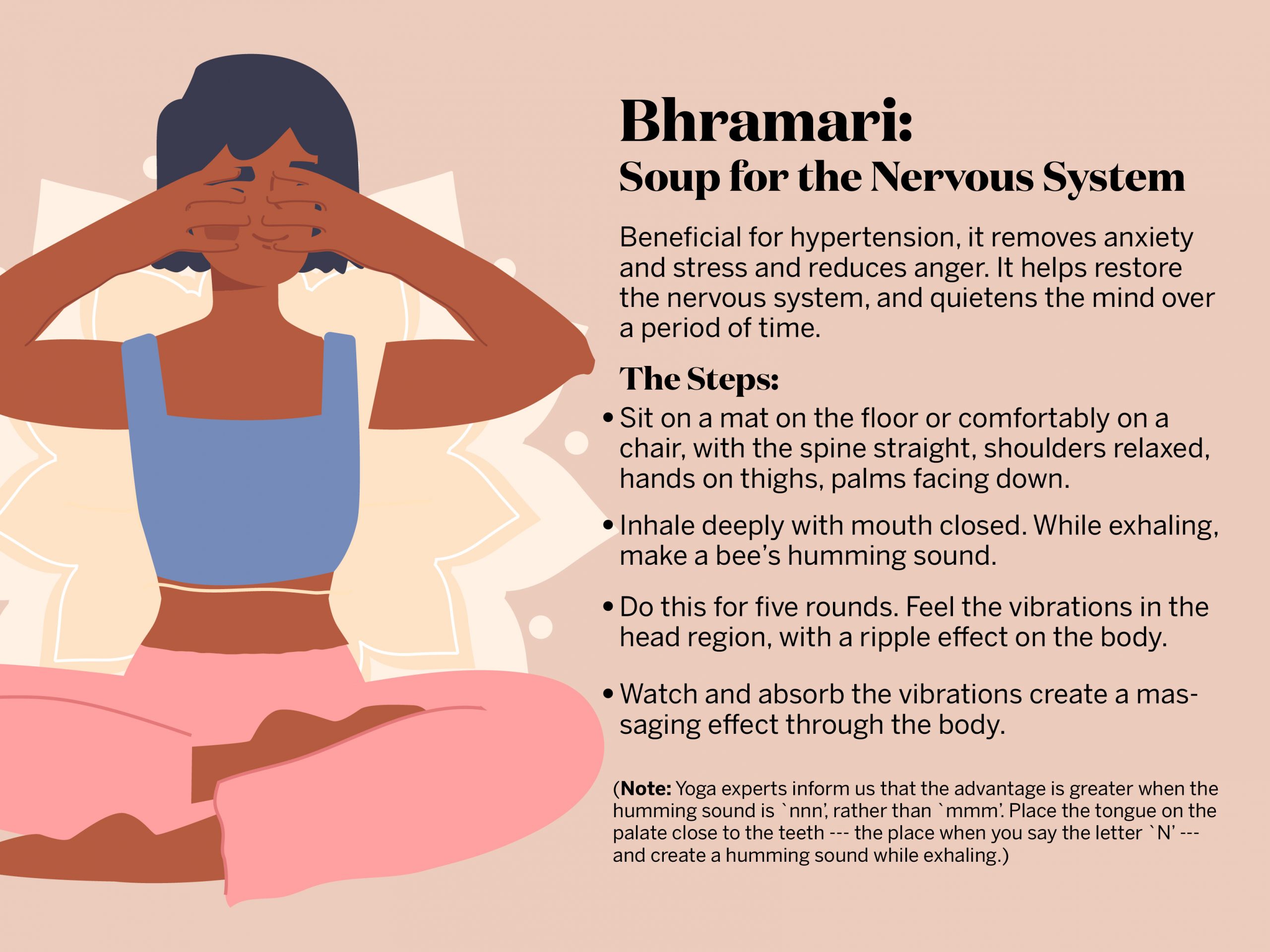
Meditation: Watching the breath at the tip of the nose, then deepening the breathing, and slowly slipping into a state of passive thinking about one’s chosen deity, or dwelling on a mantra silently — without much strenuous concentration — is a simple, effective technique.
Bringing Joy into Life: Yoga Gurus say everyone must learn to find joy and self-expression daily from creative pursuits like singing, painting and gardening, etc.. Also, that ‘social wellbeing’ is a crucial component of cardiovascular health.
A HEALTHY MIND FIRST FOR A HEALTHY HEART
“Joy accelerates blood circulation without any added physical activity,” asserts pioneer Yoga Guru Sita Devi Yogendra in her book ‘Yoga –Physical Education for Women’.*
Says Dr Hansa ji Yogendra, Director of The Yoga Institute, Santacruz: “We correct diet and routines, but more than that we teach people to breathe fully, sleep well, to think better. Cholesterol, etc. come down but more importantly, because of Yoga, many patients come out of depression and negative outlooks. They became cheerful, relaxed and confident. Sickness comes because we’re making some mistakes in routine or conduct.”
The Yoga Guru shares an incident related to the power of the mind: A lady who came for help had severe heart issues. Her son had taken to drugs and despite trying her best to be rational, she remained anxious and sad. Yoga-counselling helped the son first and once he improved on several fronts, the mother’s cardiac issues started subsiding quickly.
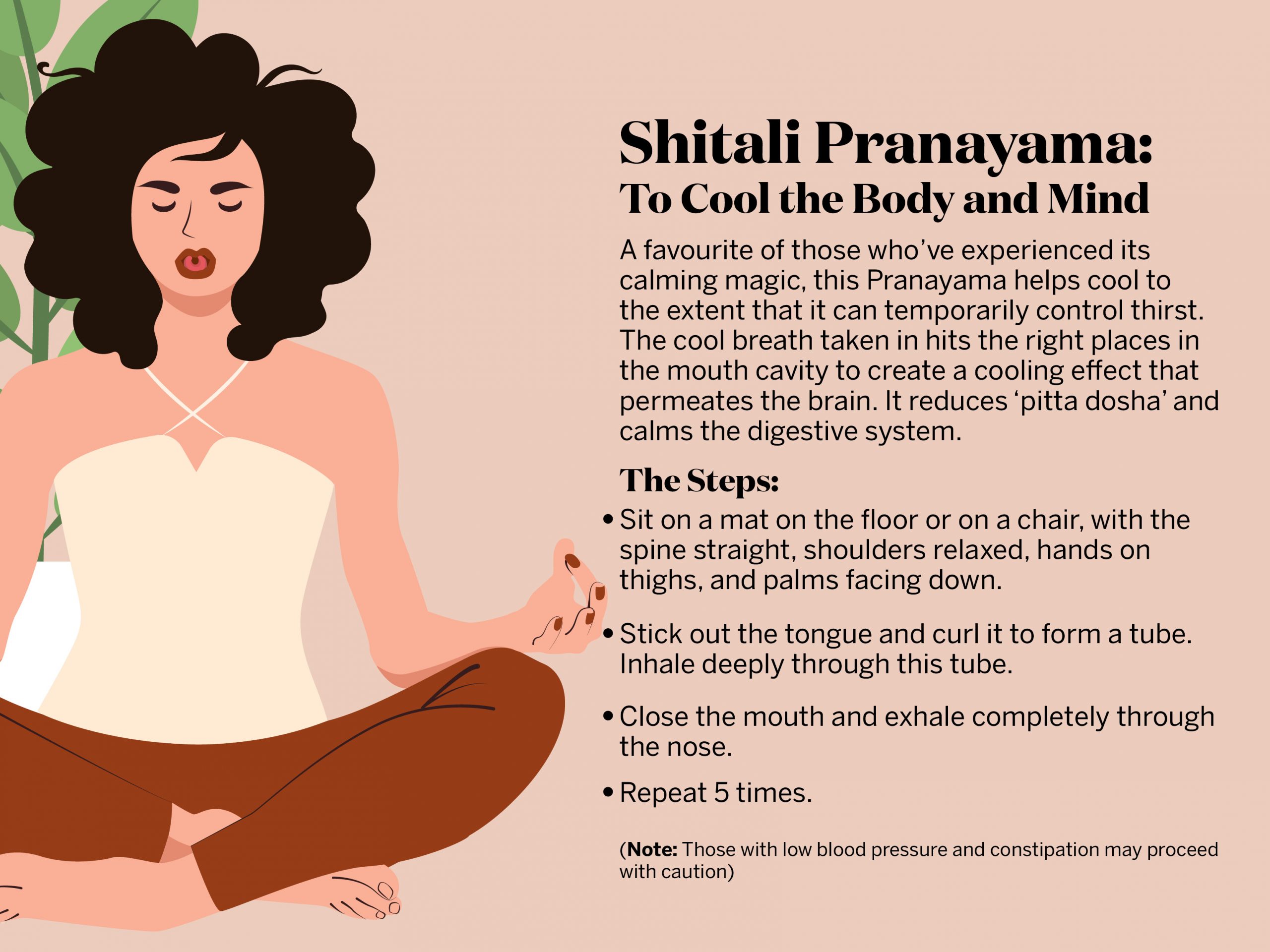
Mental wellbeing is crucial for good heart health. This is achieved through the care of the nervous system, and it is here that Yoga has no parallel.
DO YOGA BEFORE A SURGERY
Though Yoga’s progressive and total healing system is aimed at preventing heart disease, yet, if surgery is imminent, it is better to first arm yourself with the knowledge of Yoga. Surgery would be successful and the healing quicker.
Dr Hansaji recalls an incident from the 1980s: a gentleman with severe blockages had booked himself for surgery in a premier Mumbai hospital, when it occurred to him to learn Yoga first. Over three months, his blood parameters reduced; after one year, the blockages had reduced to the extent that doctors said he could no longer be called a `patient’. Deeply influenced by the power of Yoga, he went on to open and run a Yoga centre in Rajasthan!
“Maximum two per cent patients really need procedures. A `Yogic medical process’ i.e. a combination of medicine and Yoga can be adopted; the medicine is reduced once the person has learnt to take full charge of himself. After surgery, Yoga again steps in, after the acute episode is over, for maintenance of health,” explains Dr Hansa ji.
*`Yoga – Physical Education for Women’, published by the Yoga Institute, Santacruz
The author is a journalist, cancer survivor and certified yoga teacher. She can be reached at [email protected].










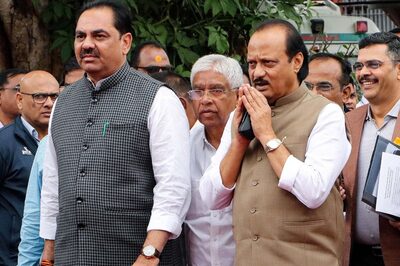
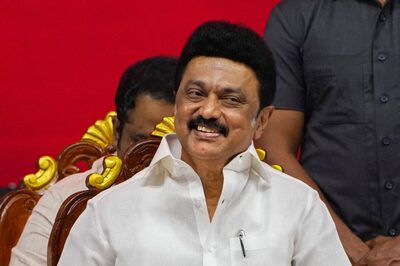
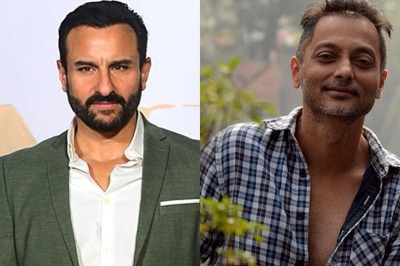


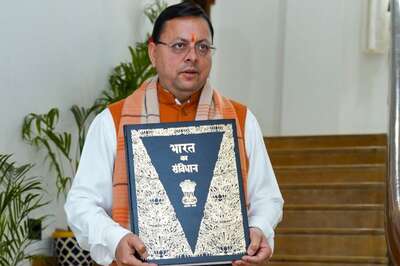
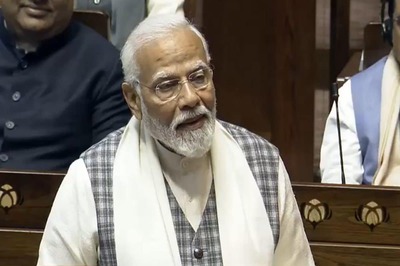



Comments
0 comment